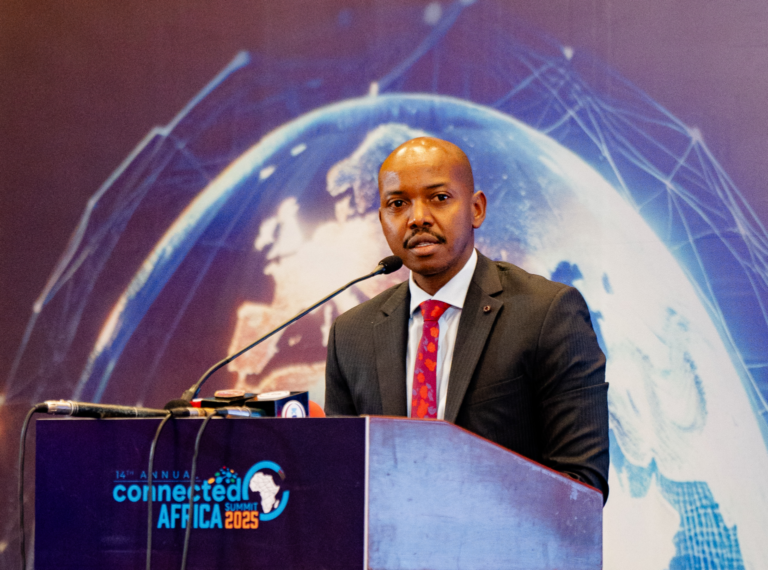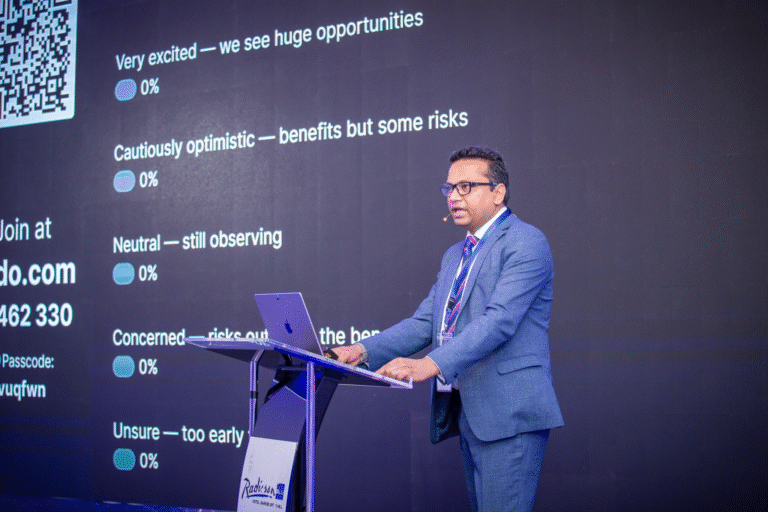AI: Strain Or Solution On SA Infrastructure
A new study by Cisco has revealed that a major architectural shift is underway across enterprise networks. As AI assistants, agents, and data-driven workloads reshape how work gets done, they’re creating faster, more dynamic, more latency-sensitive, and more complex network traffic in South Africa.
Combined with the ubiquity of connected devices, 24/7 uptime demands, and intensifying security threats, these shifts are driving infrastructure to adapt and evolve. The result: IT leaders are changing how they think about the network: what it is, what it enables, and how it protects the organisation. The network they build today will decide the business they become tomorrow.
“AI is driving a fundamental shift across all sectors, with infrastructure playing a central role,” said Smangele Nkosi, General Manager of Cisco South Africa. “The network has been the backbone of every digital era, propelling the rise of IoT, cloud, and hybrid work, while also being foundational to countering growing security challenges. Today’s IT leaders recognise that the networks they establish today will become the digital nervous system of their organizations, shaping their businesses opportunities of tomorrow.”
Signals Of An Architectural Shift In South Africa
- The network has become a strategic priority: 100 per cent of IT leaders say a modernised network is critical to rolling out AI, IoT, and cloud, with 94 per cent planning to increase the share of their overall IT budget allocated to networking.
- Secure networking is mission-critical: 99 per cent say secure networking is important to their operations and growth, and 80 per cent say it’s critical. 97 per cent believe an improved network will enhance their cybersecurity posture.
- AI intensifies demand for resilient networks: 97 per cent say a resilient network is critical, at a time when 94 per cent faced major outages – driven largely by congestion, cyberattacks, and misconfigurations – adding up to $160B globally from just one severe disruption per business, per year.
- Leaders look to AI to grow revenue: 48 per cent of IT leaders say a modernised network’s greatest impact on revenue will come from deploying AI tools that automate and tailor customer journeys, enabling faster, more personalised experiences that can strengthen loyalty and drive growth.
- AI is reshaping computing infrastructure: 69 per cent say their data centres can’t yet meet today’s AI demands, and 85 per cent plan to expand capacity – on-prem, in the cloud, or both.
- Leaders want to make networks smarter: 99 per cent say autonomous, AI-powered networks are essential to future growth – yet only 50 per cent have deployed the intelligent capabilities – like segmentation, visibility, and control – to make their network adaptive.
The Network Is The Value
IT leaders are already delivering financial value from today’s networks – largely by improving customer experiences (68 per cent), boosting efficiency (62 per cent), and enabling innovation (51 per cent). But much of that value is at risk if it comes from infrastructure that hasn’t been designed for AI or real-time scale.
To unlock the full growth and savings they expect, leaders have identified critical gaps they must close: siloed or partially integrated systems (51 per cent), incomplete deployments (60 per cent), and reliance on manual oversight (57 per cent). Smarter, more secure, and adaptive networks are the business case for investment, with 9 in 10 (90 per cent) saying improved networks will directly drive revenue, and almost all leaders (95 per cent) expecting meaningful cost savings, driven by smarter operations, fewer outages, and lower energy use.








